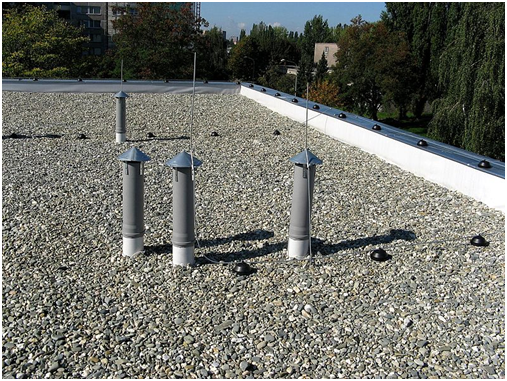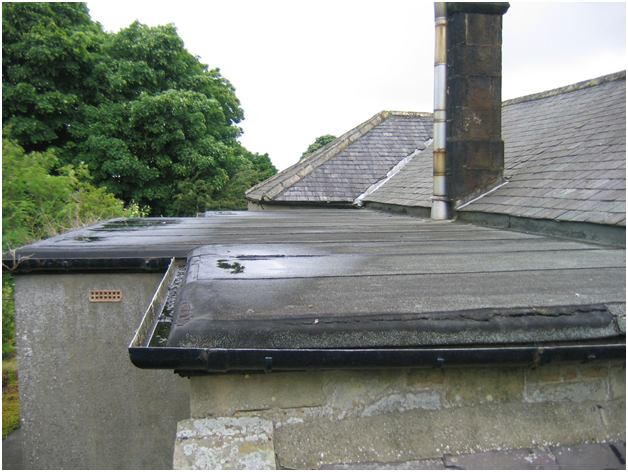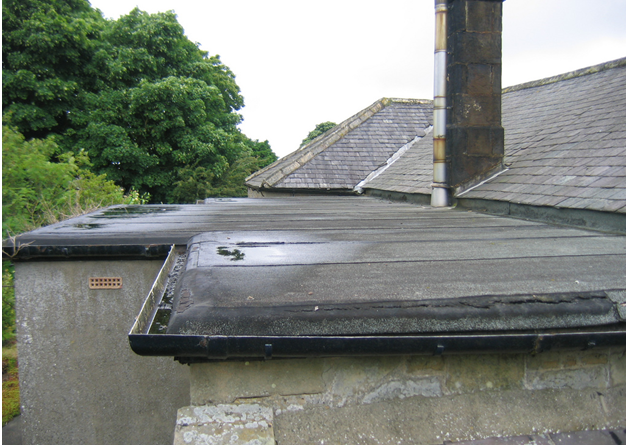Could flat roof help to cut the risk of urban flooding?
Flat roofs have traditionally been a problem for householders, needing regular attention to keep them in good condition and ensure that they don’t leak. But now, the flat roof could be part of the answer to alleviating flood risk.

In recent years, floods have often made the headlines, due to a combination of factors including heavy rainfall, high tides, failure to maintain defences and more. The government is trying to predict long-term trends, and in urban areas that may often suffer from flash floods, due to water not being able to drain away fast enough, innovative solutions are being looked at.
Slowing the flow
The key to preventing this type of flood is to slow down the flow of water entering the drains, and this can be done in a number of ways. Planting schemes may help, but in urban environments, it’s usually necessary to find a way to store the excess water temporarily, before allowing it into the sewerage system.
This is sometimes done using underground tanks to contain the water. However, this method can introduce extra expense, as if the tank is below the level of the sewer it may need to be pumped out, adding a layer of complication.

Gravity to the rescue
A new technique is to use flat roofs to temporarily store the water, before letting it drain away by gravity. In towns like Evesham flat roofing from a company such as http://www.lwroofing.co.uk/ can be used as a means of storing water. A slow release valve allows it to drain away at a controlled rate. Add a filter to the system and the storm water can also be used for domestic purposes, such as flushing the toilet.
There are some things to take into account. First, the roof needs to be designed to take the extra weight, and it needs to be properly waterproofed to protect the building. Whilst retro-fitting this sort of solution to existing buildings could prove difficult and expensive, it’s relatively easy to incorporate into new builds. If more developers were to do so, it could provide a simple solution to urban flooding. Indeed, it’s likely that future Building Regulations will require this kind of approach to be adopted for new developments and for extensions to existing properties in flood-prone regions.


